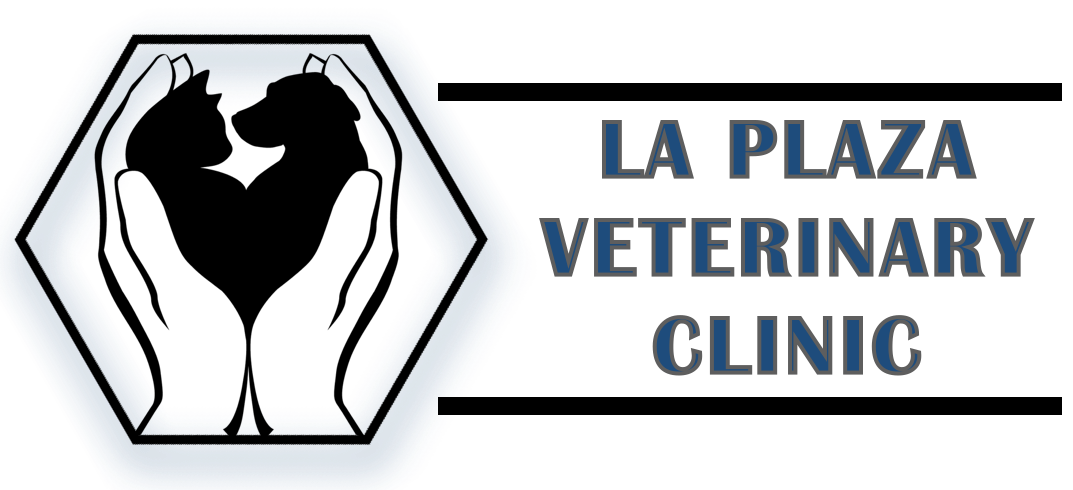Library
-
Diarrhea is a symptom of an underlying problem that may be minor or very serious. Some cases may resolve on their own or with minimal treatment, while other cases require in-depth diagnostic testing and more aggressive treatment to address the underlying condition. The possible causes, diagnostic tests, and treatment protocols for diarrhea in cats are numerous and they are explained in this handout.
-
Diarrhea is a symptom of an underlying problem that may be minor or very serious. Some cases may resolve on their own or with minimal treatment, while other cases require in-depth diagnostic testing and more aggressive treatment to address the underlying condition. The possible causes, diagnostic tests, and treatment protocols for diarrhea in dogs are numerous and are explained in this handout.
-
If your cat is having diarrhea, please complete this questionnaire as accurately as possible before your appointment. This information will be very helpful to your veterinarian in determining the cause of diarrhea.
-
If your dog is having diarrhea, please complete this questionnaire as accurately as possible before your appointment. This information will be very helpful to your veterinarian in determining the cause of diarrhea.
-
Bloat: Gastric Dilatation and Volvulus in Dogs
Este término, mucho más descriptivo que otros utilizados en el pasado, se emplea para definir una alteración en la que el estómago del perro se distiende con gas y puede además girar (torsionarse) sobre sí mismo dejando el gas atrapado en su interior.
-
Dilated cardiomyopathy (DCM) is a serious and often fatal condition in medium to larger breed dogs. Signs may be sudden or progressive in onset. Some signs include rapid breathing, increased effort with breathing, restless sleeping, coughing, or gagging, among others. Early and proper diagnosis is key, followed by treatment to give the best quality of life.
-
Discoid lupus erythematosus (DLE), also known as cutaneous lupus erythematosus, is an autoimmune disease that causes the skin to crust and scab, usually starting around the nose, and often lose skin pigmentation in the affected area. If untreated, DLE can make dogs more likely to develop squamous cell carcinoma (a type of skin cancer).
-
Discospondylitis is a bacterial or fungal infection of the intervertebral disks and the adjacent vertebral bones. It primarily affects dogs, though rarely can affect cats. It affects large breed dogs more often and generally starts clinically as back pain. The diagnosis and treatment of this condition are outlined in this handout.
-
Hip Dysplasia in Dogs
La displasia de cadera es una deformidad de la cadera que aparece durante el periodo de crecimiento. La articulación de la cadera está compuesta por una estructura esférica y otra cóncava. Evidentemente, tanto la parte esférica (la cabeza del fémur) como la cóncava (el
-
Distemper virus is a highly contagious disease that can affect multiple body systems and is potentially fatal. Puppies are most susceptible, and respiratory, gastrointestinal, or neurologic signs may be seen. Vaccines are available and are highly effective at preventing disease.



